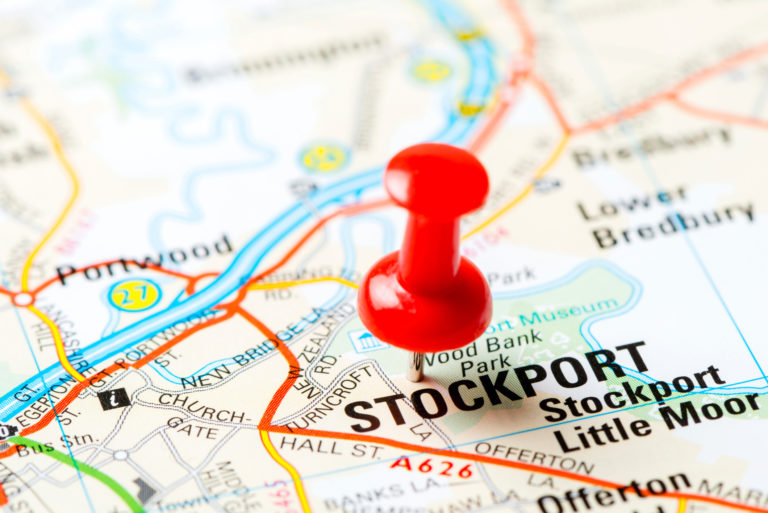Demand and house prices are increasing in the north of England and Scotland, while the south is still seeing a slowdown in its housing market.
The latest Zoopla Cities House Price Index has revealed the strongest and weakest property markets and the fastest growing cities and regions across the UK. In the past year to the end of June, property markets in the north remained buoyant, while the south slowed down.
Lack of sales in the south
During the past year, UK house prices grew by 1.7%. Seven cities in the Northern Powerhouse and Scotland boasted annual increases of over 4%. Edinburgh enjoyed the strongest growth with prices having gone up by 5.1%. In northern cities, supply and demand have been more in balance, making property prices rise.
Demand has been down in the south as sales fail to keep up with new supply. Six of seven cities that recorded price growth of less than 1% were in the south. This shows the significant regional variations and the growing polarisation of property market conditions in southern England and the rest of the UK.
Liverpool sees strongest growth in England
Over the past year, Liverpool saw the strongest growth in England with prices having risen by 4.9%. The number of new homes coming to the market has been in line with the amount of sales being agreed. This has created scarcity and boosted prices. Despite the growth in prices, Liverpool is still an affordable city to buy and invest in. Out of the 20 cities included in the index, the city by the Mersey had the lowest average property price of £124,100.
On top of growing property prices, Liverpool has also seen strong growth in rental yields. The city is home to the top two postcodes in England with the highest average rental yields, and a recent study revealed Liverpool’s buy-to-let market has the highest return on cash investment in the UK.
With rising yet still affordable housing prices, high buy-to-let yields, and growing demand, Liverpool is an attractive city for investors and buyers. New regeneration and building projects coming to the city is likely to further boost the city’s property market and make Liverpool an even more exciting place to live and invest in.










